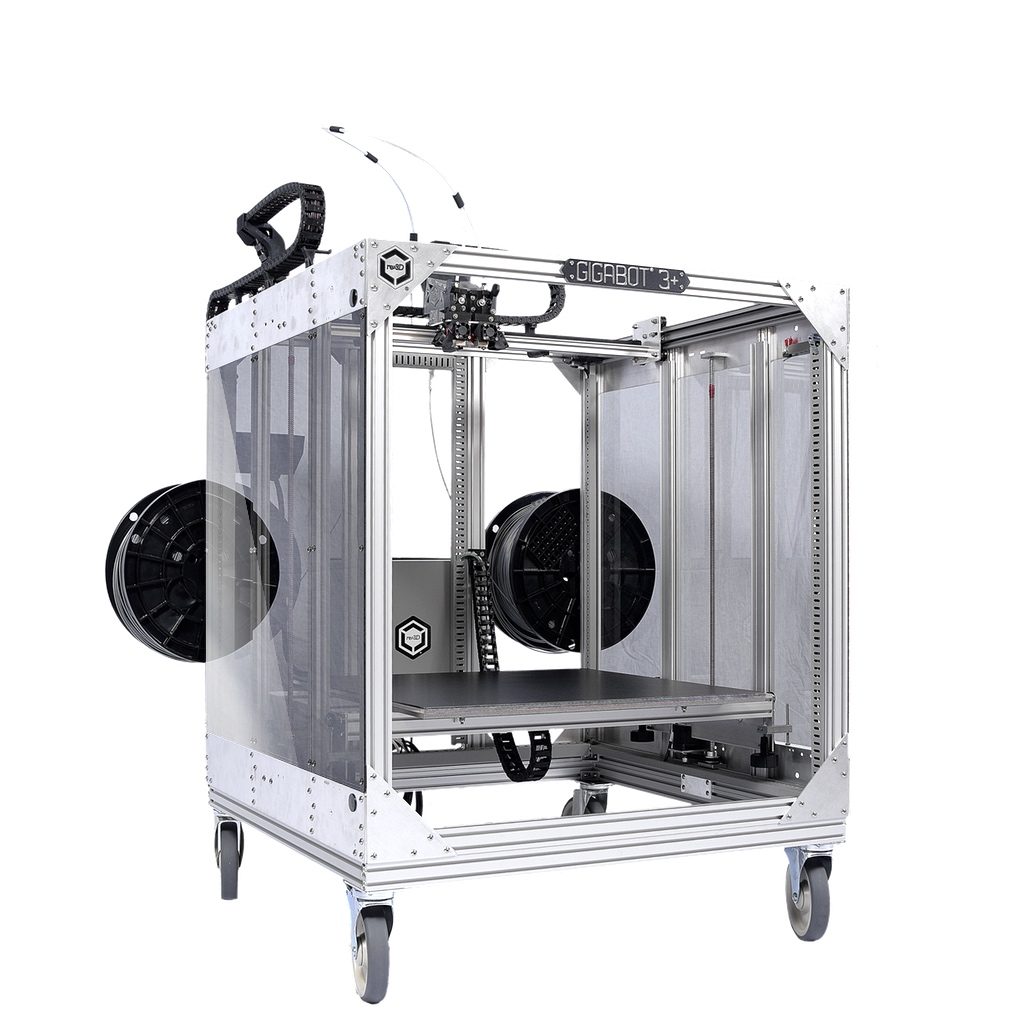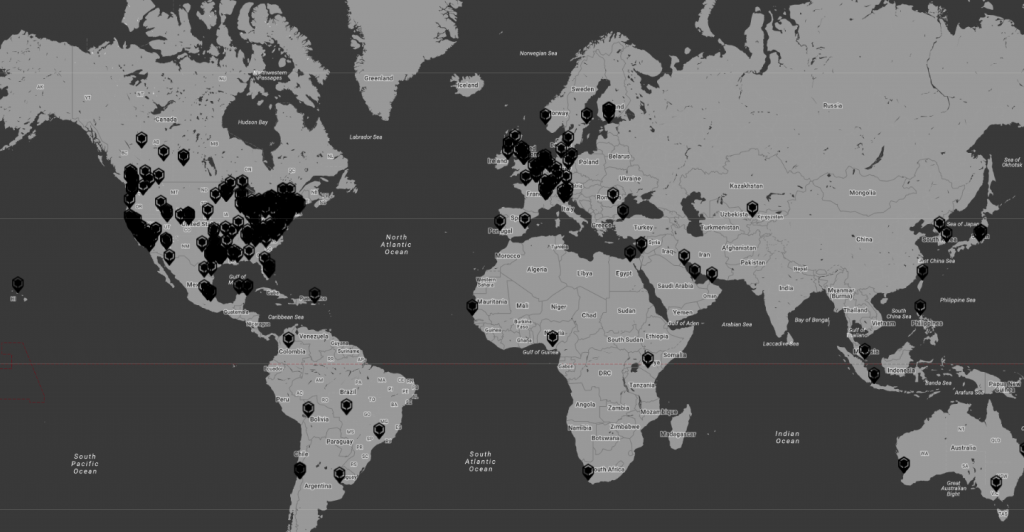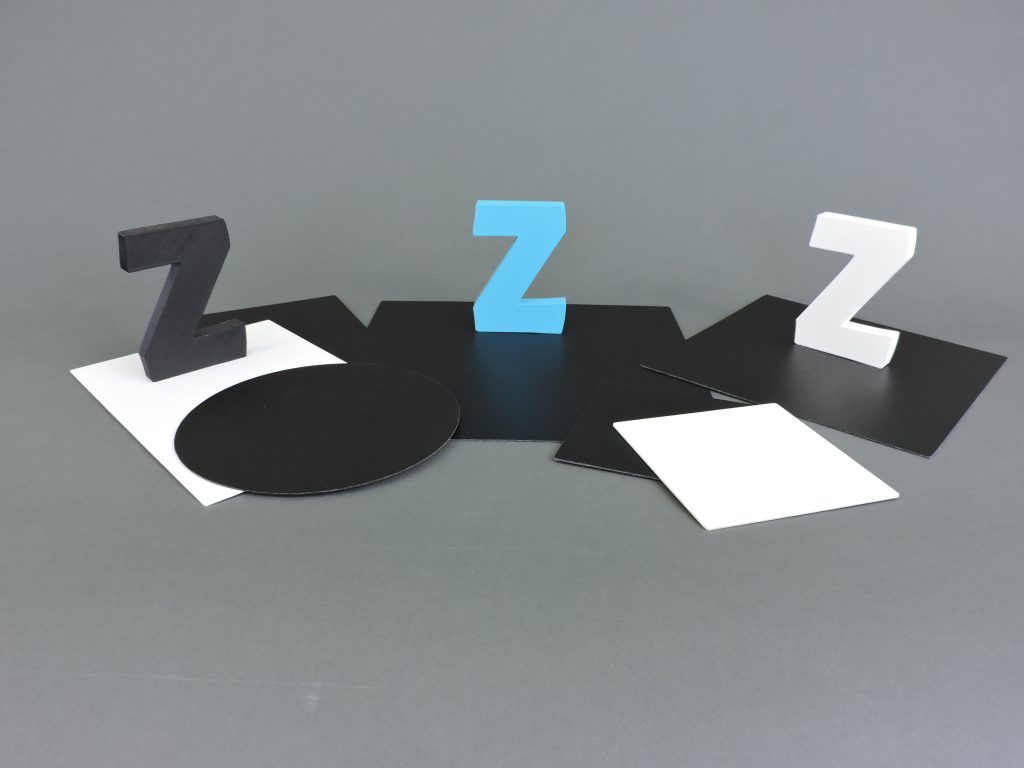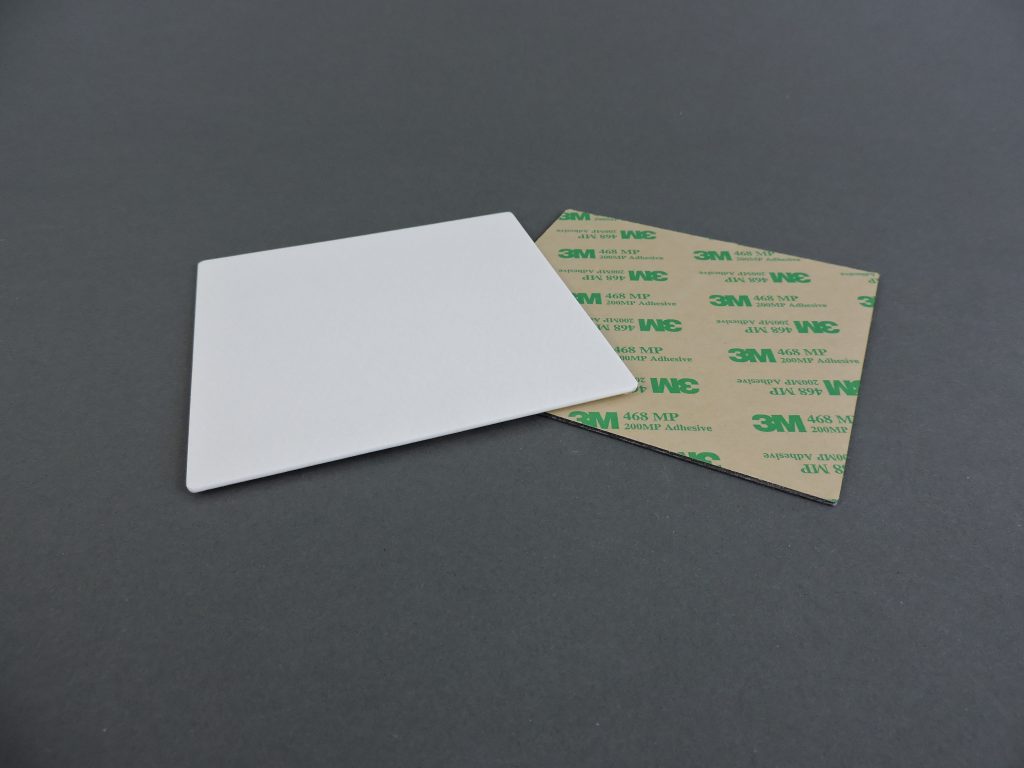“Life-sized affordable 3D printing” company re:3D has acquired flexible 3D printer plate provider PRINTinZ. An extension of a relationship which began in 2015, the acquisition of PRINTinZ is a strategic step towards re:3D’s vision of providing the most advanced affordable industrial additive manufacturing platform.
In an exclusive interview, I speak with the founders of PRINTinZ and re:3D to learn more about the deal, and the key benefits this move will bring to large scale 3D printers like the Gigabot and Terabot.

Large-scale 3D printing with a conscience
re:3D is the provider of the industrial-scale Gigabot FFF 3D printer. The company was founded in 2013 by Samantha Snabes and Matthew Fiedler, who is also the CTO. Snabes and Fiedler got the idea for starting re:3D working at the NASA Johnson Space Center in Houston, Texas, “[We were] exploring ways to provide a broader social impact by leveraging cutting edge technologies to provide real and measurable capabilities to people and organizations worldwide” explains Fiedler.
Of the company’s first steps, Fiedler adds, “The real advances in democratizing 3D printing came through the collaborative open source hardware movement and crowdfunding platforms like Kickstarter which allowed us to offer a truly industrial level AM platform at an affordable price to customers in over 50 countries.”

The Gigabot 3+ alone, re:3D’s smallest 3D printer, has an impressive build size of 590 x 600 x 600 mm / 23.2 x 23.6 x 23.6 in ; (212,400 cubic cm). For bigger jobs, the Terabot line of printers starting with a build volume of 915 x 915 x 915mm.
In addition to large-scale production, re:3D is committed to exploring alternative 3D printing materials, promoting the sustainability the technology offers over traditional manufacturing processes.
Flexible 3D print processing
Wayne Huthmaker founded PRINTinZ in 2014. PRINTinZ provides desktop 3D printers with a crucial part of user-friendliness – flexible build plates, making the removal of a 3D printed objects from the bed much easier than ever before.

“It wasn’t THE first and it wasn’t the only one at the time,” Huthmaker explains, “but it was one of the first 3rd party accessories that became commercially successful in the build surface market.”
In an innovative development on these initial plates, PRINTinZ started offering just the outer layer of the plates as the PRINTinZ Skin, so users could upgrade their existing print bed with custom-cut sheet.
“Unlike the various tapes and films available as print surfaces, the Skin is actually a thin sheet of fiberglass with a proprietary resin,” says Huthmaker, “It’s much more durable and provides a better value both in how long it lasts and ease of use.”

The PRINTinZ Skin was the perfect fit for re:3D’s larger-than average FFF 3D printers. And so the company started stocking this product for use with its Gigabot 3D printers.
“re:3D is one of the largest users of the Skins and it’s been very successful for them, so they were an obvious choice to approach about acquiring the company.”
Finding an industrial adhesive solution
With such a large build area to work with, it proved challenging to find a bed adhesive that could achieve the performance re:3D required.
“In previous years,” explains Fiedler, “we have used a number of different print surfaces from the most simple to more complex and expensive and nothing performed with the reliability, durability and with the widest range of feedstock materials as PRINTinZ,”
“This build surface has been engineered to provide consistent performance on demanding large scale industrial platforms.”
Looking to the future, Fiedler informs me that there are a number of “very exciting additions to the Gigabot and Terabot AM platforms” coming soon, including the next generation Gigabot X, capable of 3D printing using pelletized and ground plastic feedstock.
Fiedler adds, “We are fortunate to have a very strong and growing engineering team at re:3D.”
Buy PrintinZ Skins online from re:3D here, and learn more about the Gigabot community at re:3d.org.
Featured image shows the Gigabot 3 large scale 3D printer. Photo via re:3D



